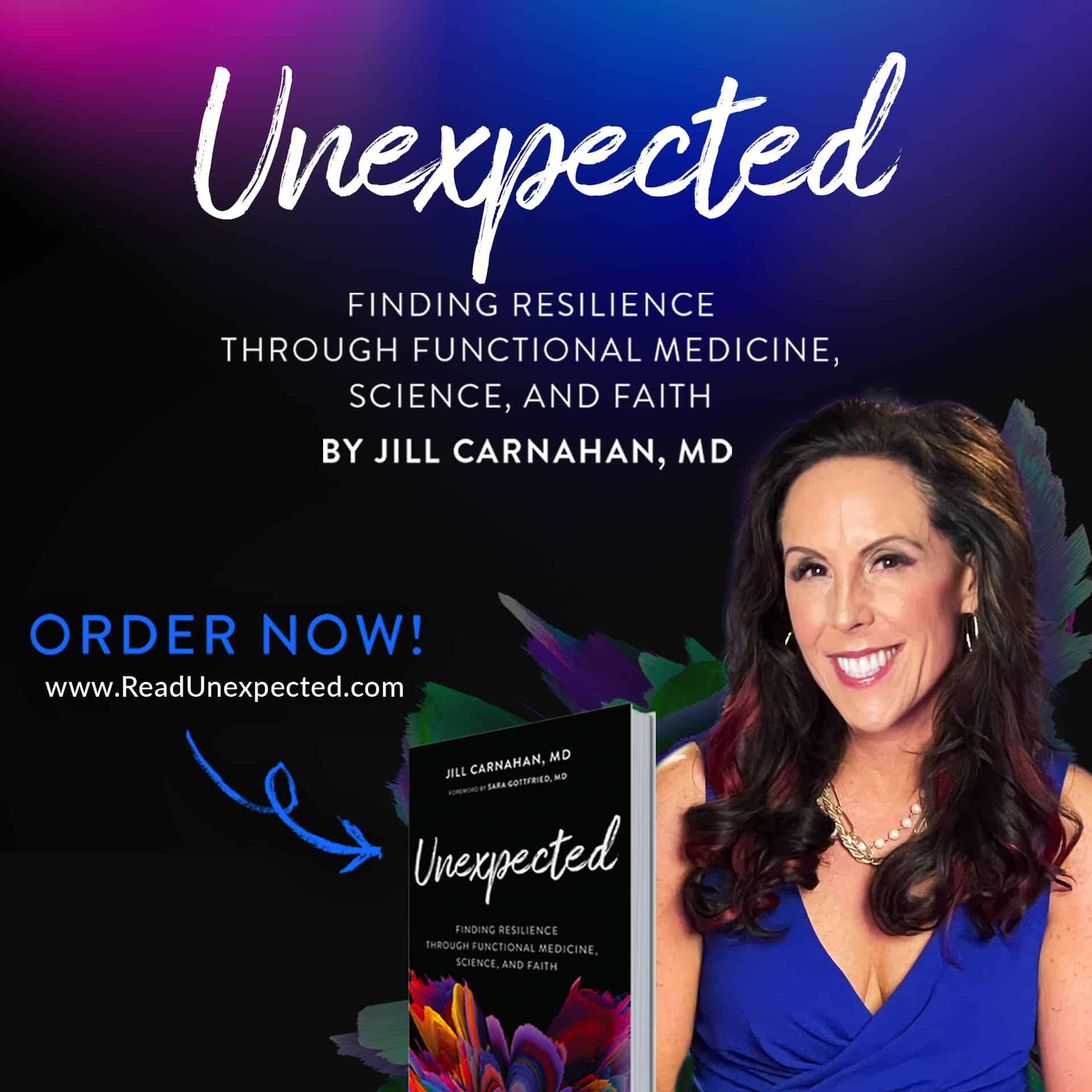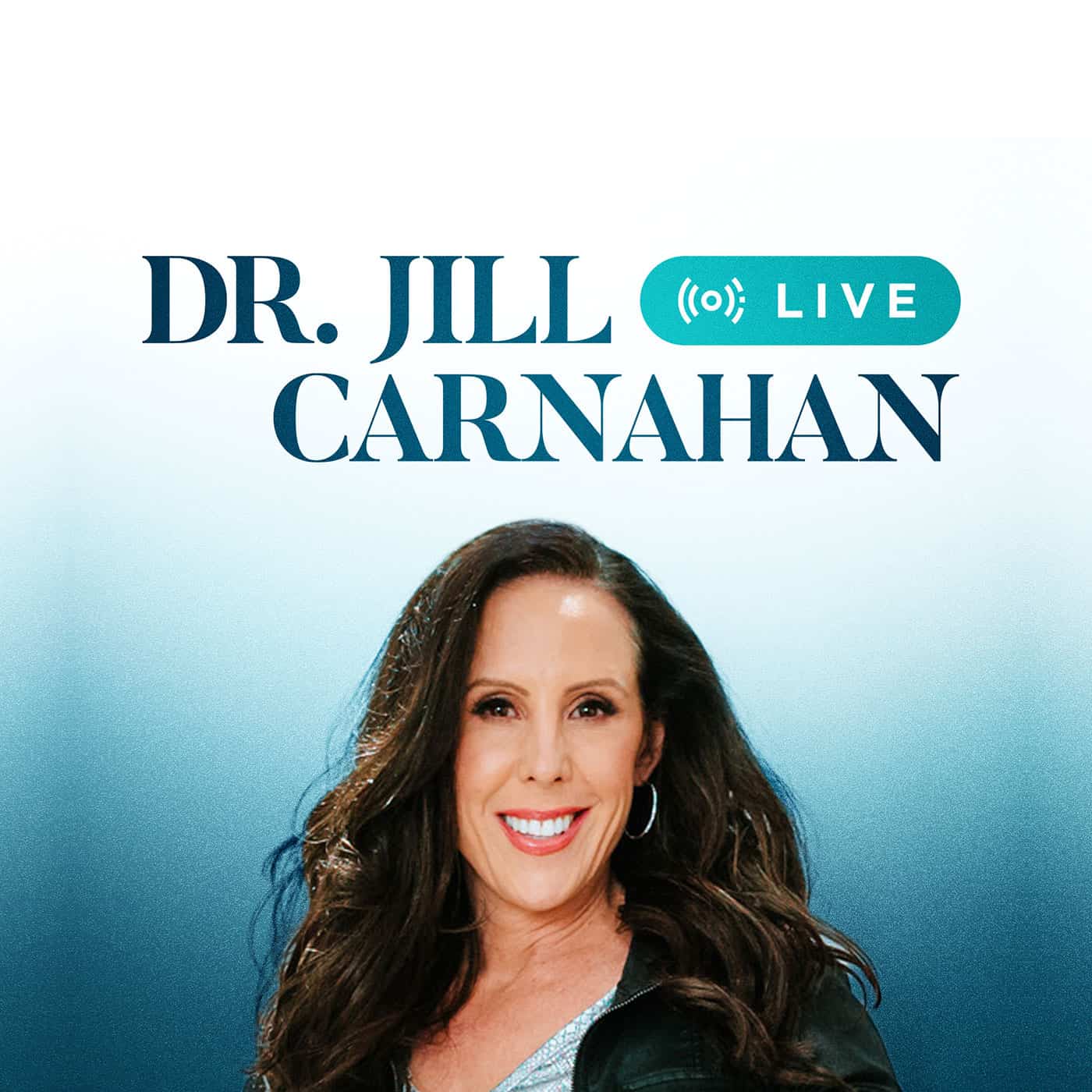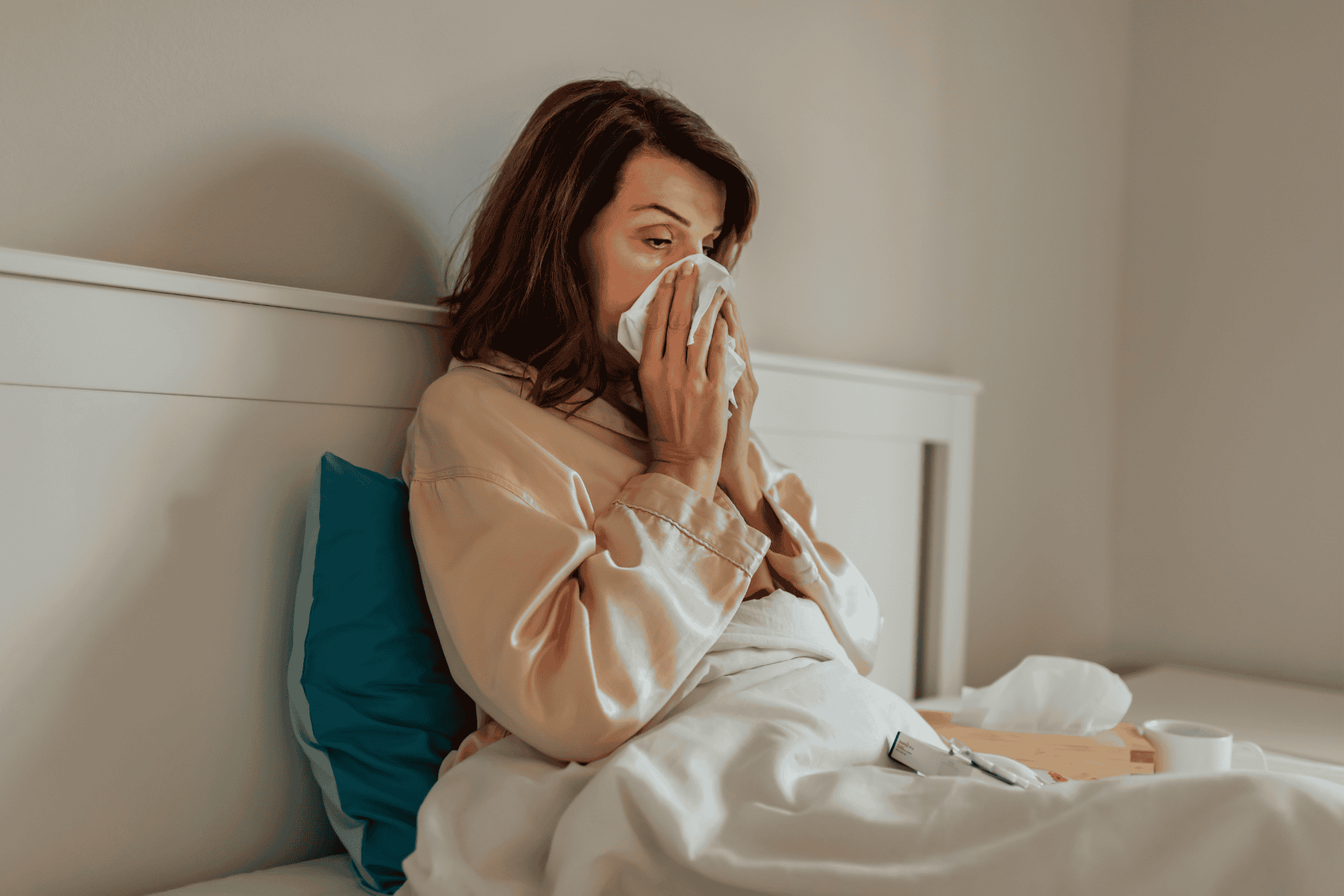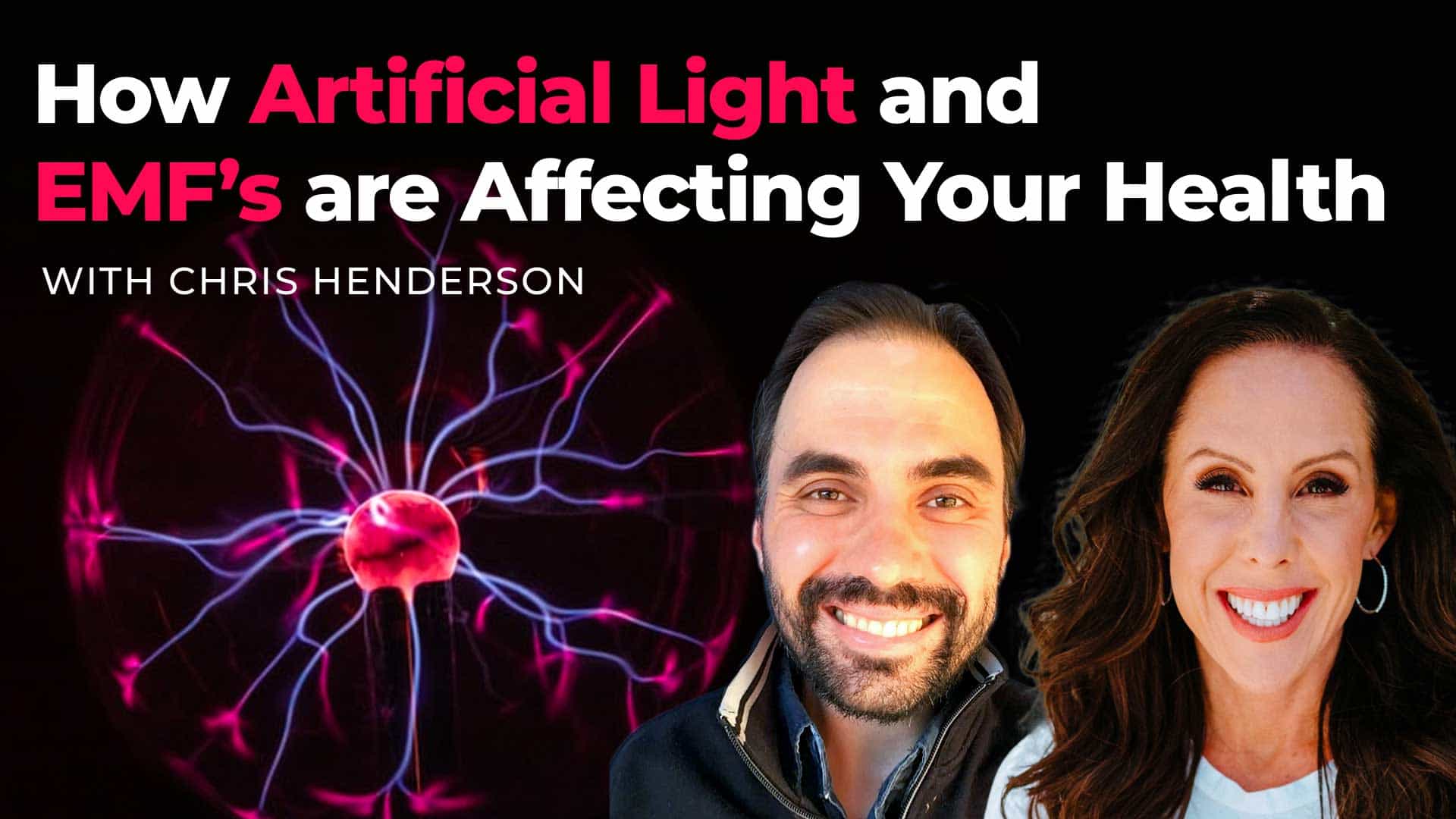Humanity has been engaged in a decades-long war against superbugs. These drug-resistant microbes threaten our return to a pre-antibiotic era – one in which common infections were often deadly. And so far, drug developers haven’t been able to keep up. In the U.S. alone, at least 2 million people become infected with antibiotic-resistant bacteria every year, leading to anywhere from 23,000 to 150,000 deaths.
Bacteria usually get much of the attention when it comes to superbugs, but fungi are also developing drug resistance. And one emerging fungus has recently taken center stage for its preference and ability to spread in the very places we seek healing from superbugs – hospitals.
You may have heard or read about Candida auris in the news recently. It spreads aggressively, can be deadly, and most importantly, it has developed defenses against our modern medicines. So, should you be worried? And how can you prevent a C. auris infection? Read on to find out!
What is Candida auris?
If the first part of the name sounds familiar, it’s because C. auris belongs to the same genus as more well-known organisms such as C. albicans. And while Candida species are notorious for causing uncomfortable fungal infections in humans, they are rarely deadly or transmitted in hospital settings.
But C. auris may be one of the few exceptions to the rules. And that’s what makes C. auris unique – and dangerous.
In the decade since it was first reported (the first known strain actually dates back to 1996), C. auris has been reported in over 30 countries, including the United States. The Center for Disease Control and Prevention (CDC) reports that the number of countries affected is likely higher since C. auris can be a challenge to identify, especially in resource-limited settings. The reasons for such an explosive emergence are unknown.
Unlike common Candida species like C. albicans that cause a vast majority of invasive candidiasis in humans, C. auris is more closely related to rarer healthcare-related species such as:
- Candida ruelliae
- Candida haemulonii
- Candida pseudohaemulonii
- Candida duobushaemulonii
- Candida heveicola
Furthermore, four distinct clades of C. auris have been identified with substantial genomic variation between clades yet considerable similarity within. This suggests that the species emerged recently and in multiple geographic regions almost at the same time.
C. auris has several characteristics which should be of concern to physicians and other healthcare workers. Perhaps the most critical is its multi-drug resistance, which means many of our most common antifungal treatments cannot kill it. Approximately 90% of C. auris isolates in the U.S. have been found to be resistant to fluconazole, and 30% have been resistant to amphotericin B. Few isolates were resistant to all known antifungals.
In addition to the frequent multidrug resistance and difficulty in identification, invasive C. auris infections can be fatal. The CDC reports that between 30% to 60% of patients with C. auris infections have died.
The CDC provides monthly updates on countries and U.S. states where C. auris cases have been reported. As of March 31, 2019, there have been 613 confirmed cases of C. auris infections as well as 30 probable cases. An additional 1,123 patients were found to have been colonized with C. auris.
Why Are Our Immune Systems Ineffective Against Candida auris?
In a normal bacterial or fungal infection, your immune system has natural defensive mechanisms to help fight them off. Neutrophils are white blood cells that play key roles in such defenses. They can kill invasive fungi in three ways:
- Through a process called phagocytosis, in which they engulf and kill the pathogens
- Secretion of antimicrobials
- Formation of neutrophil extracellular traps (NETs), which kill fungi and bacteria with minimal effect on the host
NETs have been shown to be effective at capturing and killing both forms of Candida albicans. Naturally, you might think that neutrophils can also kill C. auris. But that may not be so.
Findings from a recent study revealed that C. auris may be able to evade neutrophil attack. When presented with both C. albicans and C. auris, neutrophils disregarded C. auris and even failed to release NETs. This impaired immune response helps explain why mortality rates remain high for patients infected with C. auris despite being treated with antifungals.
Are You At Risk for Infection From Candida auris?
So far, it has been difficult to draw definitive conclusions about factors that contribute to C. auris infections. But by looking at patient cases, it may be possible to narrow down potential risk factors. These include:
- Medical devices (particularly invasive devices, such as catheters, mechanical ventilation)
- Recent surgery
- Parenteral nutrition (intravenous administration of nutrition)
- Immunosuppression
- Cancer
- End-stage renal disease and hemodialysis
- Diabetes
- Admission to a facility with C. auris cases
- Broad-spectrum antibiotic and antifungal use
- Intensive care unit admission
That being said, it’s important to emphasize that C. auris generally will not infect healthy people. All of the patients in the United States identified as having C. auris infections also had serious underlying medical conditions. And unlike many other types of pathogens, spread of C. auris outside of the hospital setting is still extremely rare.
What Are the Symptoms of a Candida auris Infection?
Because patients who develop infections with C. auris are often already in the hospital with other serious illnesses or conditions, symptoms of C. auris infections may not be recognized right away. The symptoms also depend on the body part affected, such as the bloodstream, wounds, or ears.
Symptoms of C. auris infection may be similar to those caused by other Candida species, such as fever and chills that do not improve with antibiotics. An infection of the bloodstream can cause septic shock, and thus may include symptoms such as low blood pressure, fast heart rate, and rapid breathing.
Diagnosis of a C. auris infection can be difficult, and not all labs perform the special tests required to detect it.
4 Ways to Minimize Your Risk of Candida auris Infection
If you or a loved one is in a hospital or nursing home, here are a few ways to minimize the risk for a C. auris infection.
- Everyone should wash their hands. Hand hygiene and use of contact precautions (gloves and/or gown) are important for preventing the spread of healthcare-associated pathogens. Everyone, including the patient, should wash his/her hands whenever entering and/or leaving the room.
In one study, volunteers were inoculated with C. auris on their fingertips to investigate the efficacy of various hand hygiene products on C. auris. Volunteers used soap and water, 70% alcohol-based hand rub, or 70% alcohol hand rub with 0.5% chlorhexidine gluconate (CHG) along with the World Health Organization (WHO) recommendations for hand washing techniques.
These techniques effectively eradicated C. auris from the volunteers’ finger tips.
- Speak up for yourself. Data on transmission of C. auris via healthcare workers show high variability. Some studies suggest that there is a very low chance for carriage of C. auris by healthcare workers, while other studies found positive tests for hand carriage of the yeast in healthcare workers.
If you notice that your doctor or nurse is not washing their hands correctly when entering the room and after handling a patient, speak up and remind them. All healthcare professionals should wash their hands even if they wear gloves while handling the patient.
- Make sure the hospital/facility is disinfecting properly. C. auris have the unique ability to survive on surfaces for at least 7 to 28 days. This means there are plenty of chances for patients to get infected with C. auris without ever coming into contact with an infected person. Here’s another chance for you to speak up for yourself or a loved one. Ask the facility whether any patients have a C. auris infection. If so, ask about the precautionary measures (if any) that have been put into place.
Few studies describe strategies for environmental decontamination, and none of them provide comparative data. Lab (in vitro) studies have demonstrated strong efficacy of various disinfectants on C. auris, including:- 5% phenol
- 2% glutaraldehyde
- Paracetic acid (2000 ppm)
- Paracetic acid (1200 ppm) + hydrogen peroxide (<1%) + acetic acid
- Hydrogen peroxide (0.5%, 1.4%, and vaporized)
- Hydrogen peroxide (11%) + silver nitrate
- Sodium hypochlorite (0.39% to 2% or 1000 ppm)
- Quaternary ammonium product
- Chlorhexidine gluconate
- Iodinated povidone
While it may seem like there are many options for disinfection of surfaces contaminated by C. auris, it appears that many of these disinfectants lose some of their efficacy in clinical practice. Some studies have reported successful eradication of C. auris after 30 minutes of UV-C exposure at a distance of 2 m.
Future studies are needed to design optimal environmental disinfection strategies. Until then, the CDC recommends that facilities use an Environmental Protection Agency-registered antimicrobial products effective against Clostridium difficile spores.
- If possible, remove catheters and other invasive devices. Invasive medical devices are believed to be one of the main routes of transmission, so removing them whenever possible may reduce risk of infection. In one study, prompt catheter removal and antifungal therapy helped 13 of 18 critically ill patients survive C. auris infections.
Can You Treat a Candida auris Infection?
Despite the prevalence of multi-drug resistance among C. auris strains, only 4% of isolates have been shown to be resistant to all available antifungal medications. This is good news – it means that if the infection is detected early, it can be successfully treated.
Most strains of C. auris found in the U.S. are susceptible to echinocandins, such as:
- Anidulafungin
- Caspofungin
- Micafungin
C. auris can remain colonized on a patient for long periods of time even after treatment. Therefore, all patients on antifungal treatments should be monitored closely and follow-up cultures should be performed.
The problem is that fungi can develop resistance quickly, which means we need to develop new antifungal agents. And one novel antifungal is showing promising results for treating C. auris infections. Ibrexfungerp, developed by the biotech company Scynexis, Inc., successfully treated C. auris bloodstream infections in 2 patients whose prior antifungal treatments failed. One patient later died from a different bacterial infection, but the other patient has remained free of C. auris.
Scynexis, Inc. plans to conduct another clinical trial with Ibrexfungerp with a larger patient sample size. The study is expected to be completed by May 2021.
Is It Time to Panic?
I’ll admit it – the emergence and high mortality rates in patients infected with C. auris are alarming, if not terrifying. But C. auris is still mainly a hospital-acquired pathogen and generally does not affect healthy people.
Until scientists can develop efficient and effective identification and treatment strategies, it’s best to be aware of the risk factors and speak up for yourself or a loved one. It’s especially important for patients who are prescribed broad-spectrum antibiotics, which can contribute to fungal dysbiosis and give C. auris an opportunity to spread. To find out more about fungal dysbiosis and how to treat it naturally, read my article, The Hidden Epidemic: Is Yeast Overgrowth Destroying Your Health?
Now that you know a bit more about C. auris, it’s time to hear from you. What do you think about this new superbug? What steps are you taking to prevent or reduce your risk of infection? And have you or your loved one had to experience drug-resistant infections?
References:
https://magazine.medlineplus.gov/article/the-end-of-antibiotics
https://www.cdc.gov/fungal/candida-auris/candida-auris-qanda.html
https://onlinelibrary.wiley.com/doi/full/10.1111/j.1348-0421.2008.00083.x
https://academic.oup.com/cid/article/64/2/134/2706620
https://adc.bmj.com/content/103/9/891
https://www.cdc.gov/fungal/candida-auris/tracking-c-auris.html
https://onlinelibrary.wiley.com/doi/full/10.1111/j.1462-5822.2005.00659.x
https://www.ncbi.nlm.nih.gov/pmc/articles/PMC6106086/
https://link.springer.com/article/10.1007%2Fs10096-013-2027-1
https://wwwnc.cdc.gov/eid/article/23/1/16-1497_article
https://wwwnc.cdc.gov/eid/article/19/10/13-0393_article
https://www.journalofinfection.com/article/S0163-4453(17)30164-0/fulltext
https://rarediseases.info.nih.gov/diseases/1076/systemic-candidiasis
https://www.sciencedirect.com/science/article/pii/S0195670117305133?via%3Dihub#bib15
https://www.who.int/gpsc/5may/tools/who_guidelines-handhygiene_summary.pdf
https://onlinelibrary.wiley.com/doi/full/10.1111/myc.12781
https://academic.oup.com/cid/article/68/1/15/4996781
https://jcm.asm.org/content/55/10/2996
https://www.sciencedirect.com/science/article/pii/S0195670117305133?via%3Dihub
https://onlinelibrary.wiley.com/doi/full/10.1111/myc.12699
https://www.ncbi.nlm.nih.gov/pmc/articles/PMC5906573/
https://www.mdpi.com/1996-1944/12/1/18/htm
https://onlinelibrary.wiley.com/doi/full/10.1111/myc.12903
https://www.sciencedirect.com/science/article/abs/pii/S0163445316301724
https://www.ncbi.nlm.nih.gov/pmc/articles/PMC5436850/
* These statements have not been evaluated by the Food and Drug Administration. The product mentioned in this article are not intended to diagnose, treat, cure, or prevent any disease. The information in this article is not intended to replace any recommendations or relationship with your physician. Please review references sited at end of article for scientific support of any claims made.



















5 Comments
Interesting information. I have a question regarding the parts of the body most likely to become infected with candida auris. The picture that accompanies the information shows a woman’s vaginal area? cervix? the areas of common yeast infections. Is this a common site of infection from candida auris? If so, since it can live for a long time on surfaces, can it be transmitted by public toilets or instruments not properly sanitized at ob/gyn offices? Might be a silly thought but I thought I would ask.
I did not see hypochlorous acid (HOCl) included in your list of possibly effective disinfectants and would like your opinion of this apparently very effective and very safe cleaning agent that is used by our own body’s cellular lysosomes to destroy invading microbes. http://www.bioline.org.br/pdf?pr13020
https://www.researchgate.net/publication/314233888_Superoxidised_water_A_promising_disinfectant_against_bacterial_and_fungal_pathogens?fbclid=IwAR0tDK1OLnEzCdS_oRcR7KDQu_zb5OuuhhfBDep_iecndKdXldpq5Q6xUM0
“Results: There was complete inhibition of all bacteria and Candida species in undiluted as well as five and ten times diluted freshly generated superoxidised water whereas filamentous fungi used in the present study were inhibited only with the use of undiluted superoxidised water.
Conclusion: Undiluted superoxidised water should be used to prevent the occurrence of molds infection as nosocomial pathogens.”
I agree with you
I agree with you
Share: